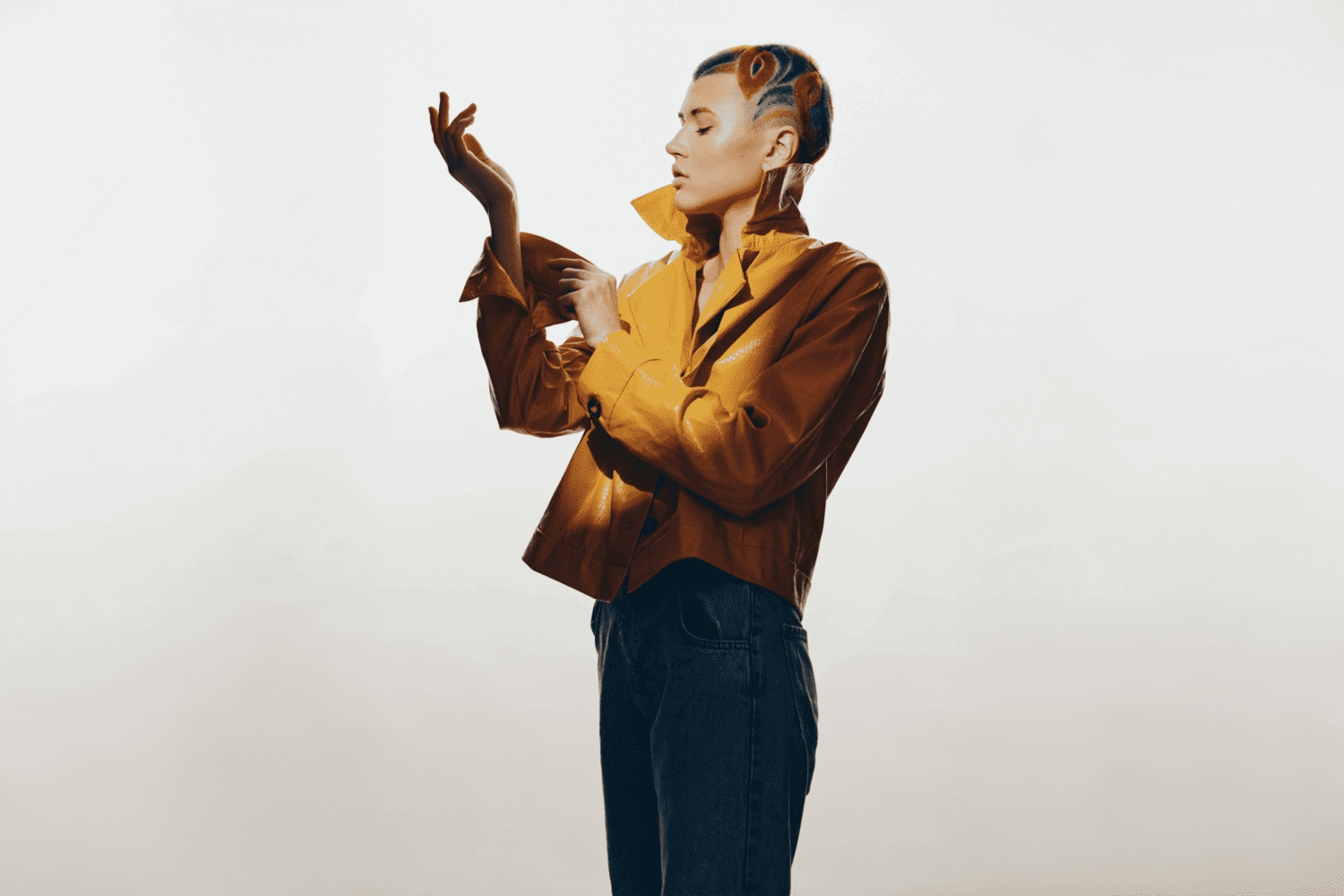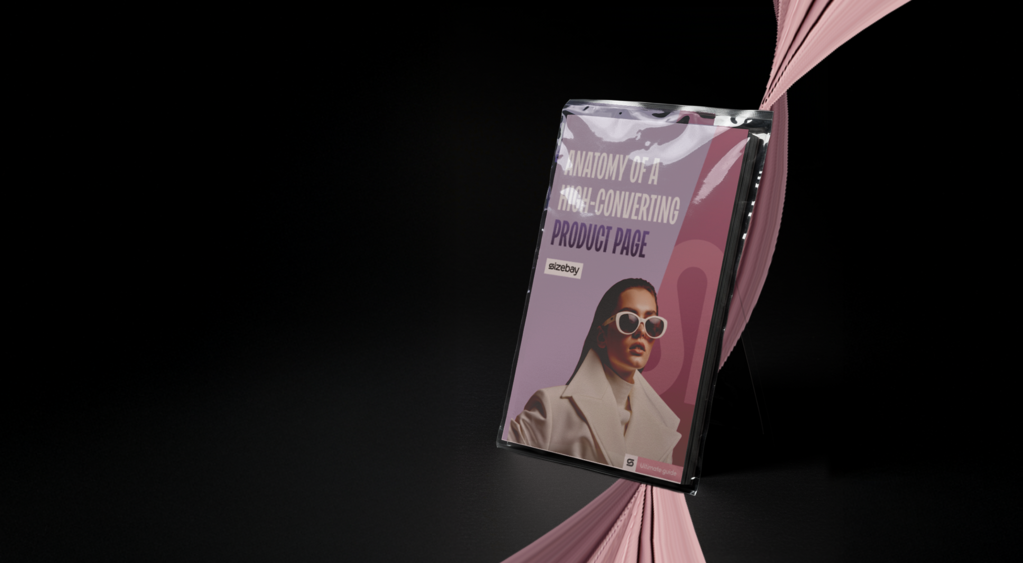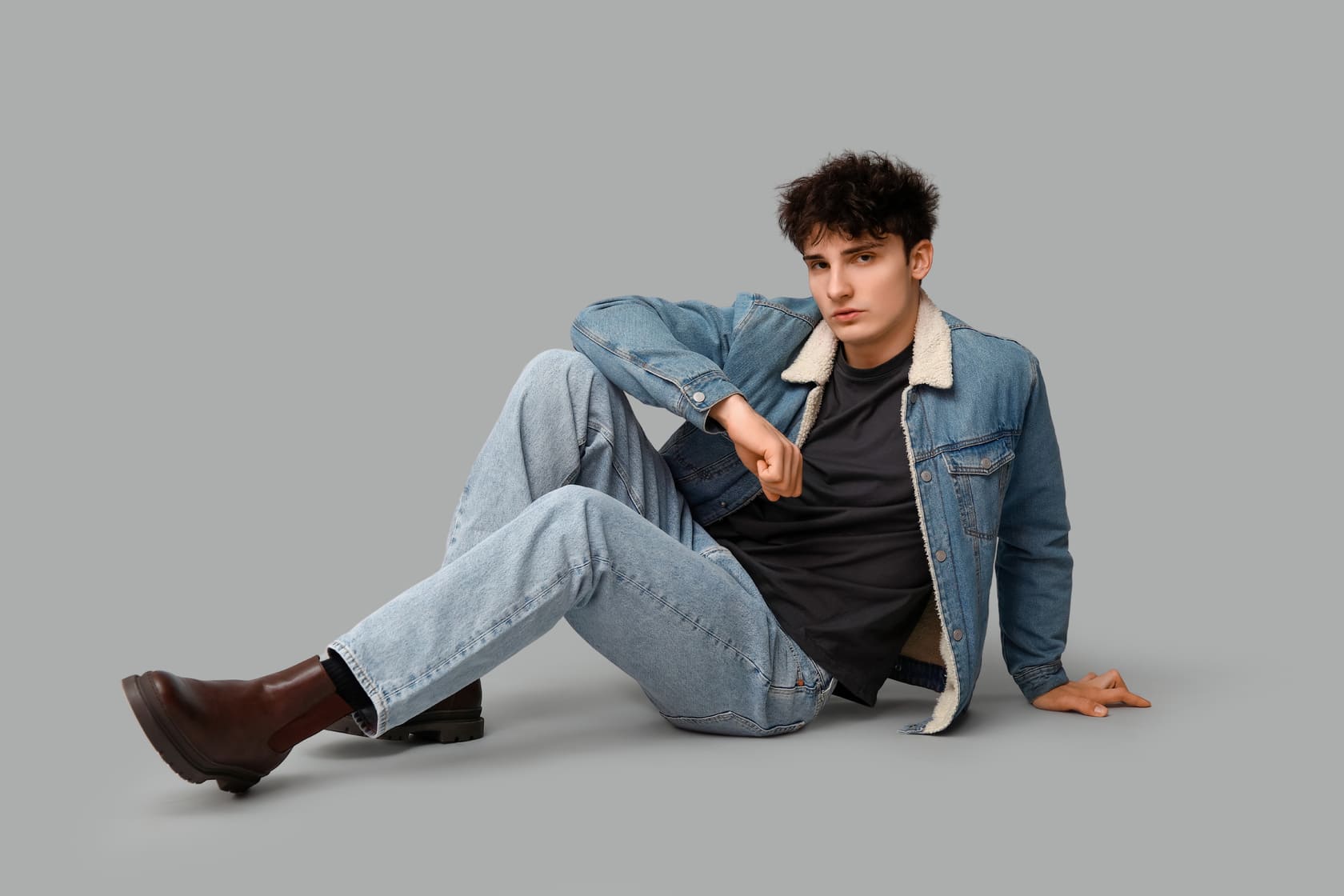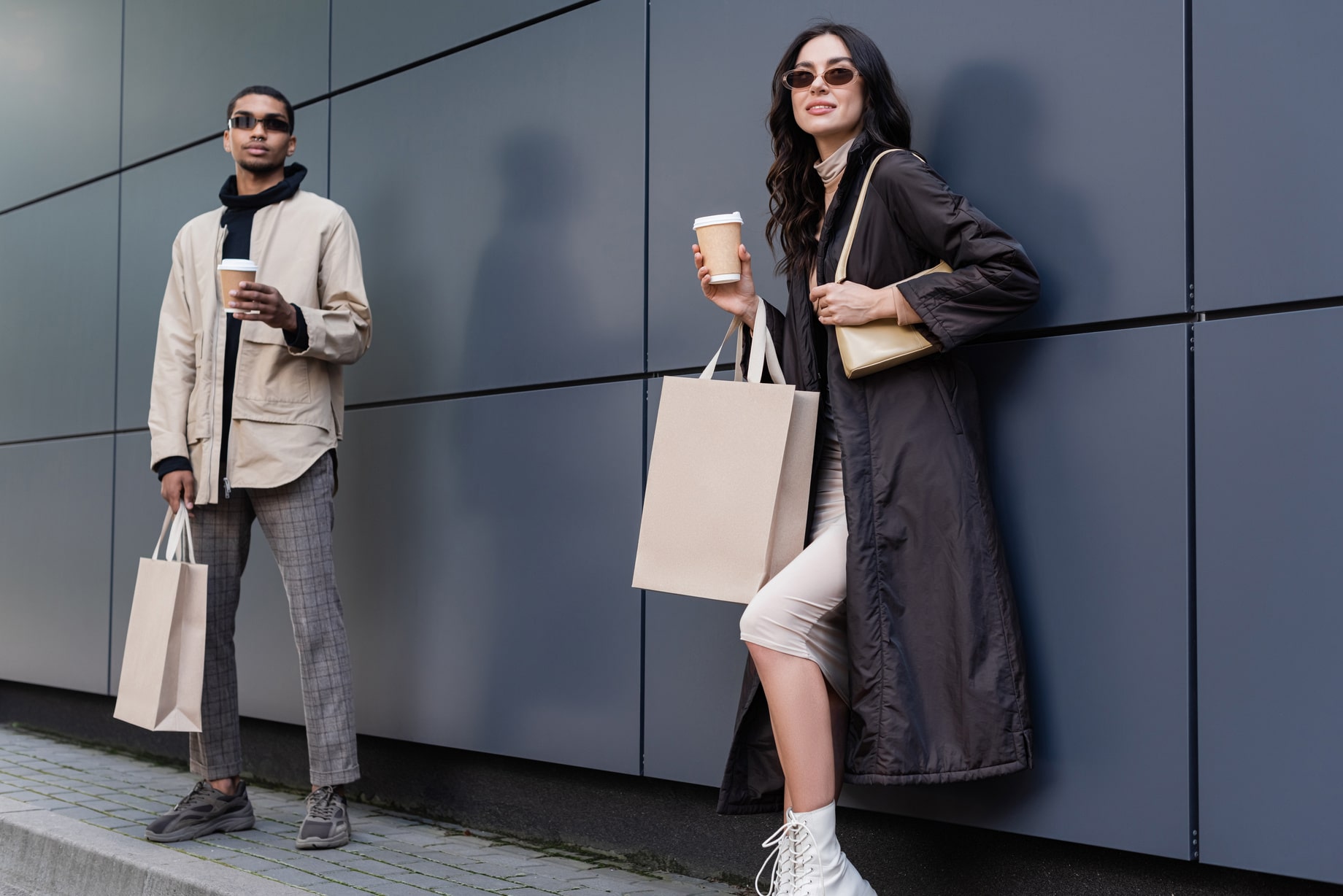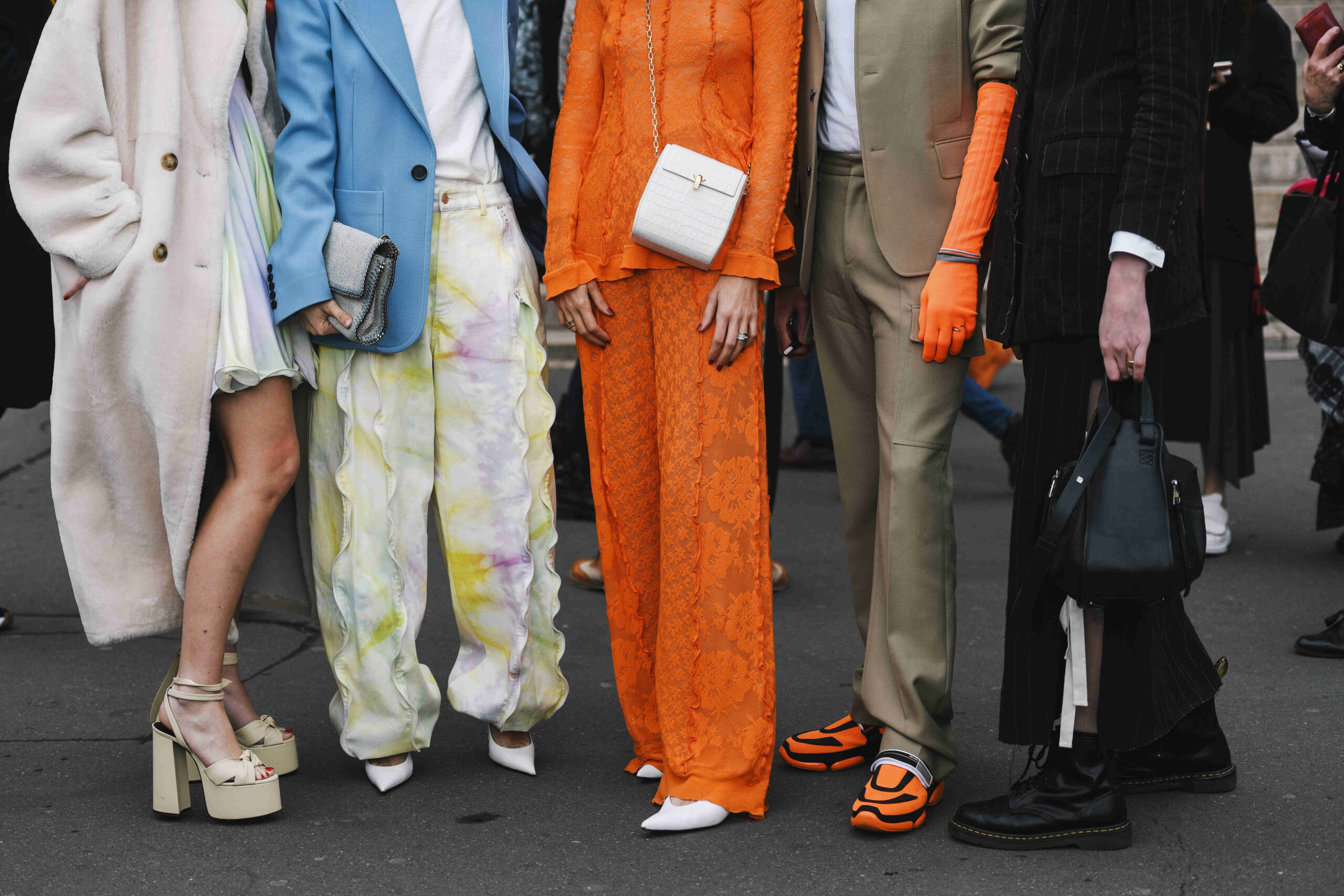June 2025
Change Your Look With AI: How It Works
Ester Bazzanella
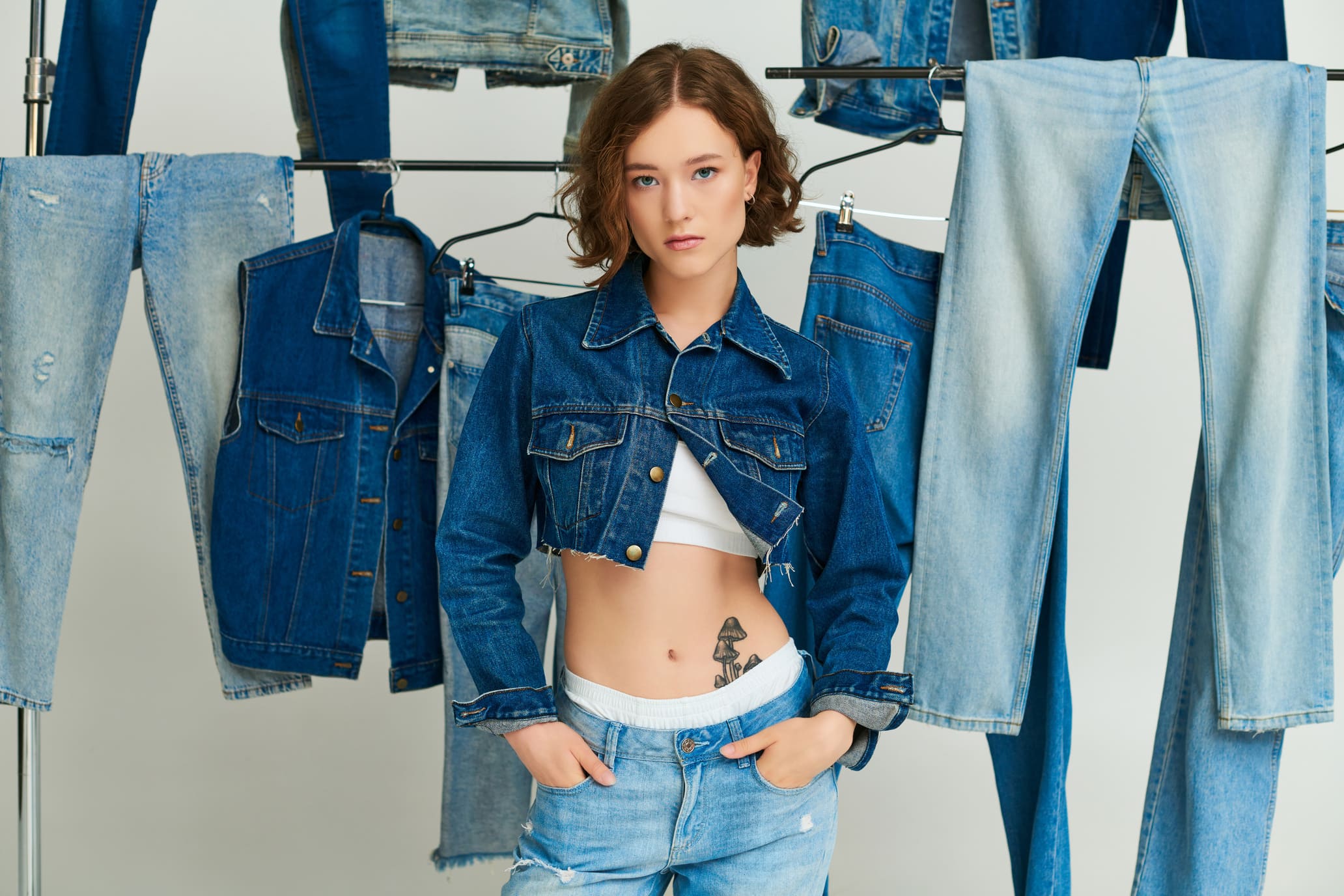
Artificial intelligence is transforming the way we connect with fashion. With new virtual fitting room technologies, you can change your clothes with just a few clicks, all without leaving your home.
This innovation uses generative AI to show you how different pieces look on you, simulating fabrics, fits, and colors. The process is simple: you upload an image of yourself or create an avatar, choose the clothes you want to try on and, in seconds, see the result.
There are tons of benefits:
- AI-powered virtual fitting rooms eliminate the discomfort of trying on clothes in cramped or poorly lit environments. Instead, you can try on as many looks as you want, with total privacy and freedom, using a personalized avatar. This also encourages experimentation: it’s easier to try new styles when you don’t have to physically change multiple times. The result: a lighter, faster, and more enjoyable experience that respects your time and comfort.
- Save time and money by avoiding impulse purchases or returning items that don’t fit or are not to your liking. With AI showing you how items actually fit your body, you can make more informed decisions. This means fewer regrets and exchanges, which often result in financial loss and frustration. By seeing the fit and style before purchasing, consumers can spend more consciously and accurately, which reduces unnecessary expenses and also contributes to more sustainable consumption.
- Increase your confidence when shopping by seeing exactly how outfits will look on your body before you even add them to your cart. Seeing a piece on your own body rather than on a model with standard measurements increases your confidence and self-esteem. It lets you better understand how the fabric behaves, how the color works with your skin tone, and how the cut enhances your body. This type of direct visual feedback helps eliminate uncertainties, making the moment of purchase easier and more positive.
- Discover new styles and trends by trying out looks that you may never have tried before. Allow yourself to try out looks that are outside your comfort zone, like those tailored pants you’ve never had the courage to try on or a different color than usual. It’s a safe space to play with fashion, experiment with trends and even discover a new version of yourself, all without any risk.
- Take advantage of personalized recommendations that use your shopping data and preferences to suggest combinations that are most relevant to you. Recommendation algorithms go beyond “people who bought this also bought that”. Today, with AI, suggestions are made based on your real behavior: what you viewed, liked, bought, returned and even what is trending among people with similar styles. This generates a highly relevant and personalized product feed, facilitating discoveries and optimizing browsing time. The result? A storefront that truly understands you.
- Shop from wherever you are, at any time, without worrying about store opening hours or commuting. Shopping from anywhere is one of the greatest advantages of AI-powered e-commerce. You can explore looks, try on items, and complete a purchase from home, work, or even on the bus, with just a few clicks. What’s more, many virtual fitting rooms already work within apps, platforms, or social networks, making the experience even more fluid and integrated into your daily life.
- Access more inclusive fashion, with options for all bodies, styles and identities.
AI is paving the way for more representative fashion. Virtual fitting rooms and visual search can present clothes for different body types, ages, genders, and skin tones, offering a more empathetic and accessible experience.
This helps consumers see themselves in clothes before buying, which is essential for increasing assertiveness when purchasing.
In addition, algorithms are trained to respect and reflect different identities, with recommendations that deviate from the dominant aesthetic standard and value the plurality of styles and bodies.
Trust is a key factor in e-commerce, and social proof (such as customer reviews and photos) has always helped in this process. Now, with generative AI, it’s possible to go a step further: generating hyper-realistic images of real people wearing pieces with different body types, and in different styles and environments.
This helps to visualize the real fit of garments, to better combine them and to identify with other people who bought them.
Some platforms even allow you to see outfits on an avatar that looks like you, using images of other users with similar measurements as a basis. The experience becomes richer, more reliable, and more humanized.
Digital Sustainability: How AI Helps Reduce Fashion’s Impact
The fashion industry faces constant criticism for its environmental impact, ranging from overproduction to the volume of returns. AI is emerging as a strategic ally in reducing waste and promoting conscious consumption.
By allowing consumers to virtually try on clothes before purchasing, AI helps them avoid purchasing items that do not fit or are not to their liking. This not only reduces logistics costs, but also carbon emissions and the accumulation of returned products.
In addition, algorithms help brands to predict demand more accurately, avoiding excess stock. In this way, technology promotes a new cycle of consumption: smarter, more sustainable and responsible.
Combining practicality, personalization and interactivity, these AI tools are shaping a new way of consuming fashion that is increasingly conscious, efficient, and connected to the real needs of each person.
Fashion Image Search: Find Clothes With an Image
Another promising technology in this scenario is Fashion Image Search, or visual image search. With this software, users can simply upload a photo of a piece of clothing—one they saw on the street, in a movie, or on social media—and AI finds similar garments in online stores.
This feature eliminates the effort of describing pieces with words and speeds up the discovery of visually similar products. Users can find what they’re looking for with a single image. The benefits are clear:
- Faster search: no need to type long descriptions, a single image is enough to find what you’re looking for.
- More accurate results, since AI understands textures, colors, shapes, and styles with a high degree of detail.
- Constant inspiration, transforming any look you see in your day-to-day life into a real purchase possibility.
- Integration with a virtual fitting room, allowing you to visualize how the desired item will look on you before deciding to buy it.
With these innovations, fashion becomes more accessible, personalized, and interactive, putting you at the center of the experience, with technology that truly makes sense. Want to know more? Request a free demo.
BONUS: App Suggestions for Changing Clothes Online.
For personal, fashion or creative use:
- YouCam Makeup
- Function: Virtually change clothes, makeup, and accessories.
- Platform: iOS, Android
- Focus: Personal style and beauty.
- Reface App
- Function: Swap faces and clothes in videos and photos with AI.
- Platform: iOS, Android
- Focus: Entertainment and social networks.
- ZMO.AI (Try It On AI)
- Function: Generate photos with different outfits using just a selfie.
- Platform: Web
- Focus: Fashion and personal content with AI.
- TryOnHaul.AI
- Function: Clothing virtual fitting room based on your image and photos of clothes.
- Platform: Web
- Focus: Fashion, especially for content creators.
- Fashable AI
- Function: Generates images of new clothing using generative AI.
- Platform: Web
- Focus: Fashion and apparel design with AI.
Virtual Fitting Room Apps and Solutions (Commercial Use):
- Sizebay
- Function: Virtual fitting room with size recommendations and fit simulation. In addition to being a tool for creating looks for fashion e-commerce stores.
- Platform: Web (for e-commerce stores)
- Focus: Online stores and fashion.
- Vue.ai
- Function: Virtual try-on and automatic styling with AI.
- Platform: Web, B2B
- Focus: Fashion retail.
- Fit:Match
- Function: Body scanning + suggestion of clothes that “fit”.
- Platform: App and partner physical stores
- Focus: Technology for physical and online fitting rooms.
